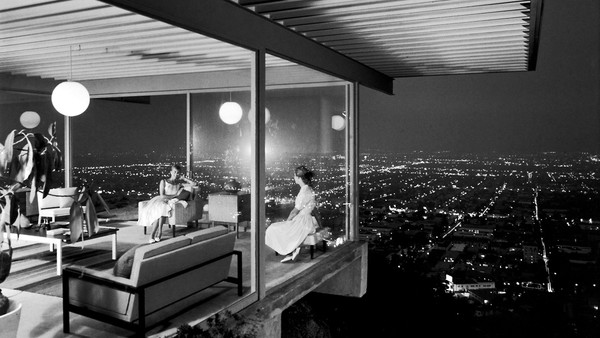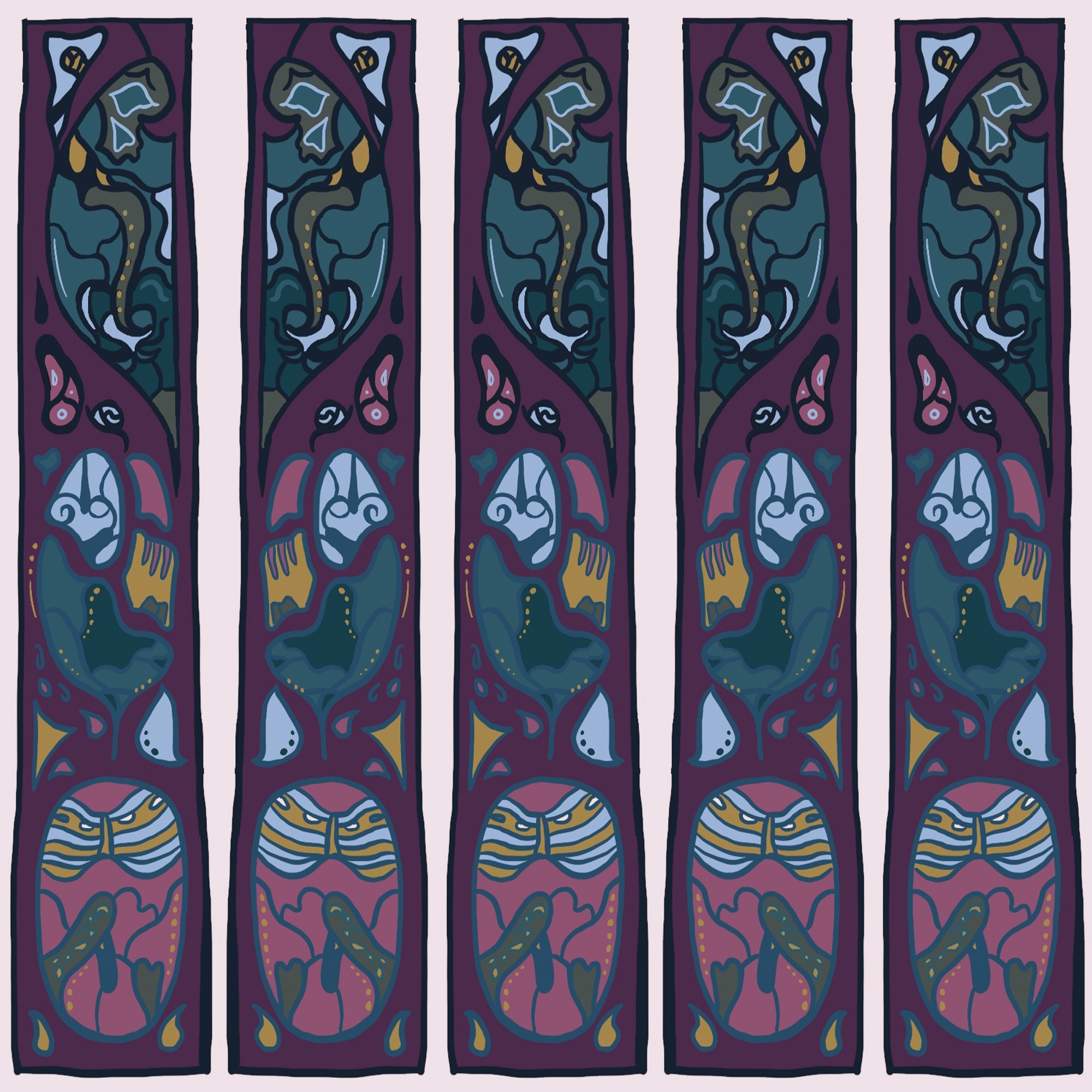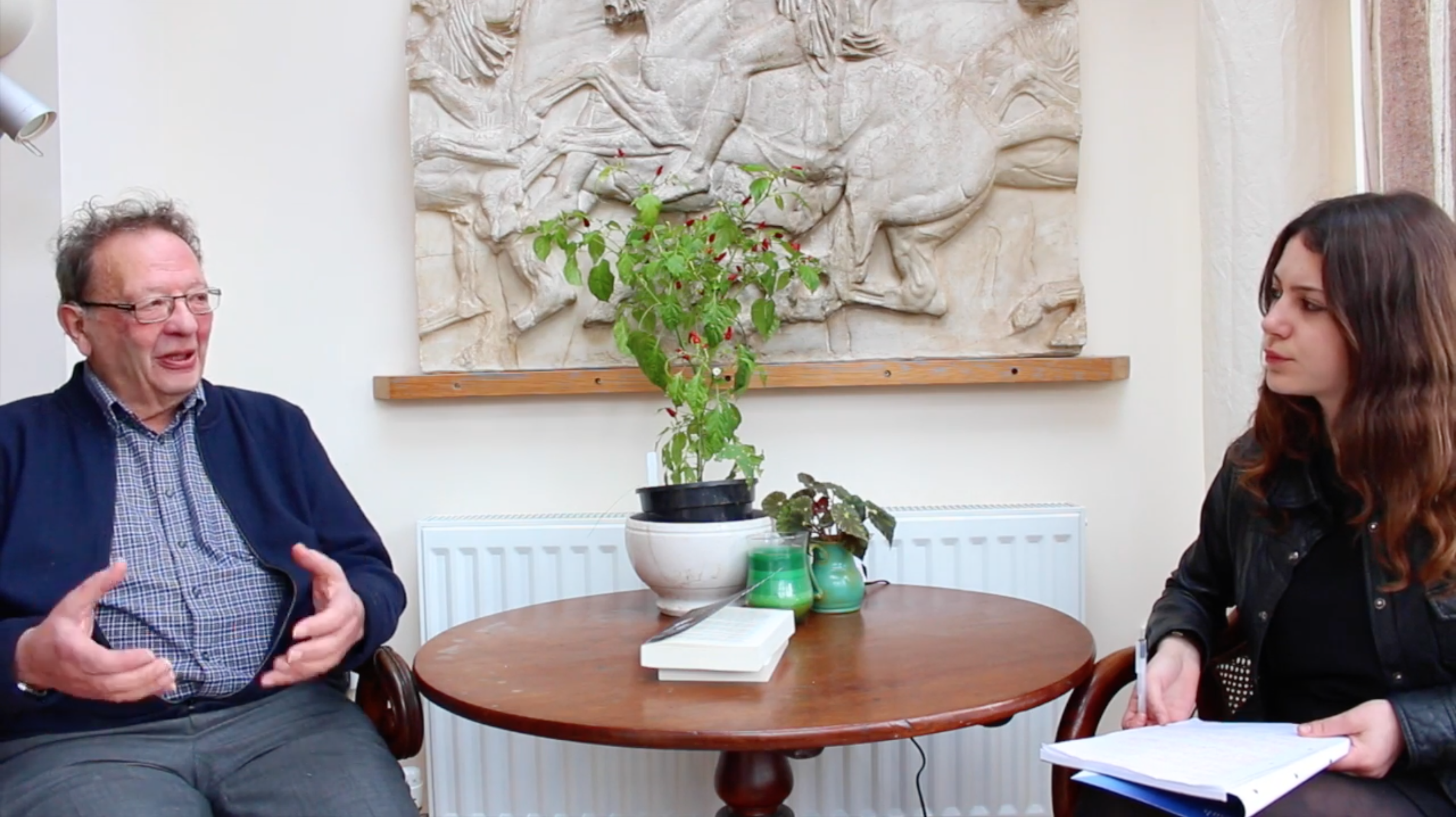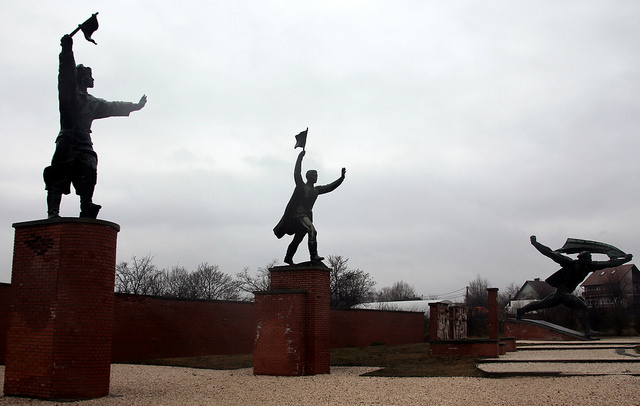
Glass Ceilings
The adage ‘a room with a view’ is an understatement in reference to Pierre Koenig’s Stahl House. One of the emblems of modernist architecture in the USA, the floor-to-ceiling glass walls offer a panoramic view of LA from its position high in the hills of Hollywood, while the correspondingly glassy surface of the swimming pool allows inhabitants to soak in decadence whilst overlooking the ninth most unequal city in the USA.
Yet the Stahl House was not built to be luxurious: it was part of a 20th century utopian vision of affordable housing that, paradoxically, resulted in an exemplary form of architectural exhibitionism. It was built in 1960 as one of the Case Study Houses, the project endorsed by Arts & Architecture magazine, as an experiment in providing cheap, well-designed residential housing after the Second World War. The designs for Case Study House #1, by J.R. Davidson, were released in the February issue of Arts & Architecture in 1945 and the programme ran until 1966. Private clients commissioned some of the most renowned American architects of the time, from Charles and Ray Eames through Pierre Koenig to Ralph Rapson, to create houses from prefabricated sheets of glass, steel frames and poured concrete floors. The houses weren’t just architecturally innovative, they also represented the dawn of a new way of living. The dark days of war were over, and now the average citizen could hope for a life that was full of light, open-plan, and crowned with the crystal of the modern age – glass. Light and transparency were the hallmarks of a new era, defined by optimism rather than by bombs.
The editorial of Arts & Architecture magazine that year stressed the social intent of the Case Study Houses, claiming “the over-all program will be general enough to be of practical assistance to the average American in search of a home in which he can afford to live.” Le Corbusier noted that the post-war period was a time of “architecture or revolution.” Good architecture could have an immediate effect on preventing social crisis by improving people’s quality of living. Yet Corbusier’s aphorism contains a reactionary contradiction which can also been seen within the Case Study Houses project. In the February 1945 edition of Arts & Architecture, Entenza imagined the family who would live in Case Study House #1 as “a Mr. and Mrs. X, both of whom are professional people with mutual business interests” with “one teen-aged daughter away at school and a mother-in-law, who is an occasional welcome guest in the house.” Entenza notes that the house “must be designed in such a way that care and upkeep do not interfere with the professional activities” and have “provision for indulgence in gardening as exercise and recreation.” The house is to be a “simple and straightforward expression of the living demand of modern minded people.” Yet the paternalistic undertones of Entenza’s imaginary household sound less like individual “expression,” and more like prescriptions for the lifestyle of an idealised nuclear family. One wonders whether the houses were solely for the benefit of the average citizen, or whether they were also intended to have a pacifying intent on the population, as Corbusier’s dictum implies.
The public-spirited intent of the houses was further compromised by private profit. The name “Case Study” indicated the nature of these houses: they embraced modern materials and techniques in order to serve as a model for social housing. John Entenza, editor of Arts & Architecture at the time, intended them to be “capable of duplication and in no sense be an individual “performance.” But if you visit the Stahl House today, yours in 2007 for $3.1m dollars, or its contemporaries such as the Eames House, the first house ever to use a steel frame, you’ll find yourself paying a hefty entrance fee, or even, as with Case Study House #21, find the house stripped of its residential purpose to make way for a swanky art showroom. Corbusier had a vision which seemed to foreshadow the Case Study Houses – the idea that modernist architecture would inevitably arrive at the “House-Tool” or “the mass production house, available for everyone.” However, he also predicted their failure. Corbusier referred to “the right state of mind for living in mass-production houses,” the prevailing state of mind within the Case Study Houses project was one of opportunity married with newly invigorated post-war capitalism. What were intended to be models for socially driven housing became masterpieces reaping money from their status as some of the finest examples of modernist residential architecture in the USA. The masses of LA are not living in Stahl Houses today because the Stahl House was never replicated.
Though the first six houses were built by 1948, many of them were left in the design stage, taken down or vastly altered by their private owners. The houses that have remained unaltered have been granted recognition by the LA Conservancy, yet the drive here to conserve rather than replicate, to be “historic” rather than innovative, shows a shift toward a project focused on individual legacy rather than communal design.
It is as if we have become so used to the architectural experiments of our predecessors being of historical significance that we have forgotten the true purpose of buildings, particularly residential ones. This year, it was announced that London had finally exceeded the population peak of 8.6m that it had last reached in 1939. We are faced with the same scenario that John Entenza outlined in his proposal for the Case Study Houses. Can we learn anything from the project? Arguably, yes. The project did recognize the importance of housing people in pleasant spaces, and the ability to turn limited spaces and restricted budgets into something that felt spacious and practical. As Natalya, this year’s organizer of Open House in London, told me, the residential architecture that Open House showcases is key to their work because it sends the message that “your built environment has a huge effect on you and it shouldn’t be something that is exclusive.” Yet we still face the problem that led to the downfall of the Case Study Houses: the influence of private property developers and neglect of the core purpose of buildings.
The art critic Robert Hughes described architecture as the “one art that nobody can escape.” We may not be able to escape architecture, but architecture can escape us. Sadly, the Stahl house and the rest of those built by the project have become case studies in how housing built with progressive aims all too frequently flees the grasp of the people for who it was intended.
Image: Julius Shulman







